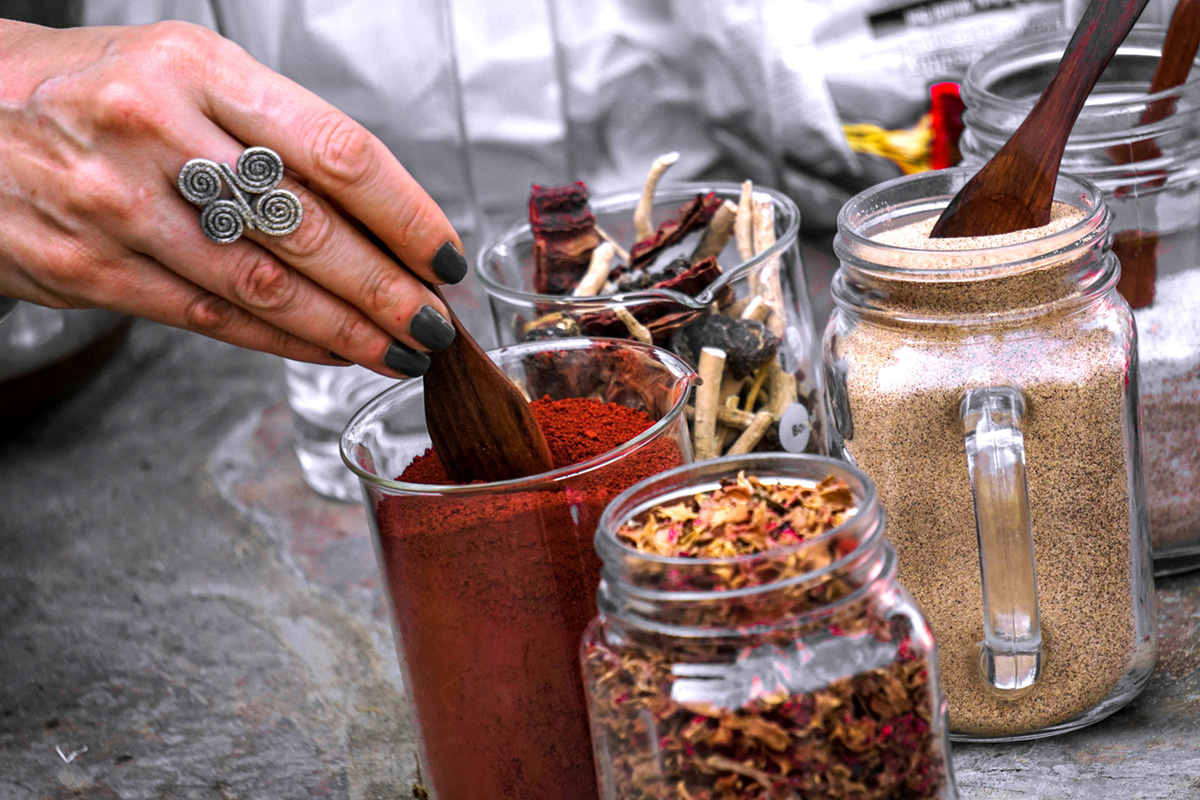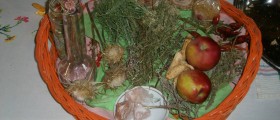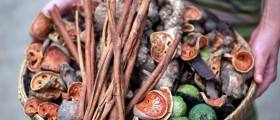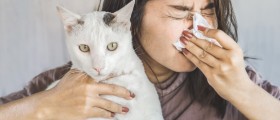
Ayurveda OverviewAyurveda in Sanskrit means the knowledge of life or the science of life. The term is derived from words “ayur” meaning life and “veda” that means knowledge or science. Ayurveda is considered to be one of the oldest healing systems. Ayurveda believes in a connection between all living and non living things.
According to Ayurveda, five primary constituent elements of humans and plants are known as “Panchbhootas”. These elements are: earth, water, fire, air and ether, or space. Basic qualities of Nature are known as “Gunas”. There are three gunas: “Sattva” (consciousness or intelligence), “Rajas” (motion or activity) and “Tamas” (inertia). Healing qualities of each plant are determined by Panchbhootas and Gunas. Also, Ayurveda teaches that the human body is a model of macro-cosmos principles. “Doshas” are three life energies or forces that control the activities of the body. Three doshas are: “Vata”, “Pitta” and “Kapha”. Each dosha is present in the human body and every person has unique combination of doshas. One dosha is usually dominant. Food, psychological processes and activity are factors by which doshas are constantly formed and reformed. Let’s take a brief look at the characteristics of Ayurvedic body types.
Ayurvedic Body TypesVata
Vata body type represents combination of air and ether. This dosha controls all the movement in the body including breathing, blood flow and nerve impulses from the brain. Basic characteristics of Vata are: dry, cold, light and clear. Basic qualities of this dosha are: creativity, vitality, joy, generosity, freedom and enthusiasm. Vata controls feelings of pain, anxiety and anticipation. Physical characteristics of Vata people are: curly and dry hair, small eyes, thin, light frame, flat chest, cold hands and feet, bent and turned up nose and rough, brittle nails. Vata people are usually either too tall or too short. They have prominent bones and visible muscles. Vata people have energetic creative mind. Moderate metabolism and light sleep are other characteristics of this dosha. Vata imbalance can be caused by exposure to cold, fasting, traveling, strenuous exercising and eating dry and frozen foods.
Pitta
Pitta is combination of water and fire. This dosha controls metabolism, digestion and energy production. Characteristics of pitta are: hot, light, intense, penetrating and acidic. Basic qualities are: ambition, courage, confidence, intelligence and concentration. Pitta people are typically strong, well built and of medium size and weight. Their hair is thin and silky, usually red or brownish. Baldness and thinning hair are common in pitta people. They also have soft nails and sharp eyes and nose. Strong metabolism, good appetite and digestion are other characteristics of pittas. Pitta people are sharp-witted, direct and short-tempered. Pitta imbalance can occur due to exposure to hot, too much work and oily, fried and hot foods.
Kapha
Kapha is a combination of water and earth. Kapha governs the body structure. It is vital for keeping cells together and formation of muscles, bones and fat. Kapha’s characteristics are: heavy, cold, steady, soft and oily. Basic qualities are: patience, compassion, tenderness and faith. Physical characteristics of Kaphas are: strong built, good stamina and tendency of being overweight. Large eyes, thick, dark hair, smooth skin and soft nails are common in Kapha people. Kapha people sleep soundly, have slow metabolism and sluggish mentality. Kaphas are thoughtful, calm, loving and love routine. Imbalance of Kapha is caused by exposure to cold, excess sleeping and eating heavy meals thus this should be avoided.








-In-Adults_f_280x120.jpg)








Your thoughts on this
Loading...